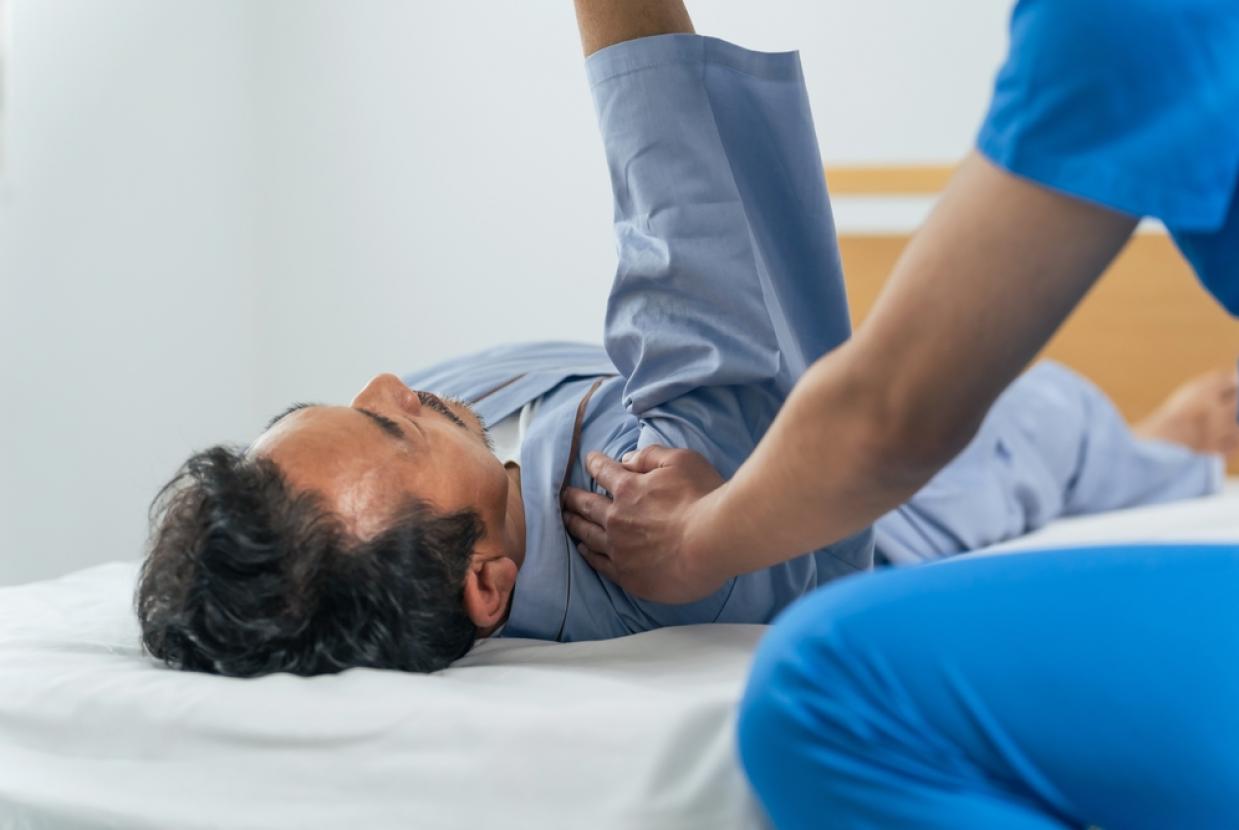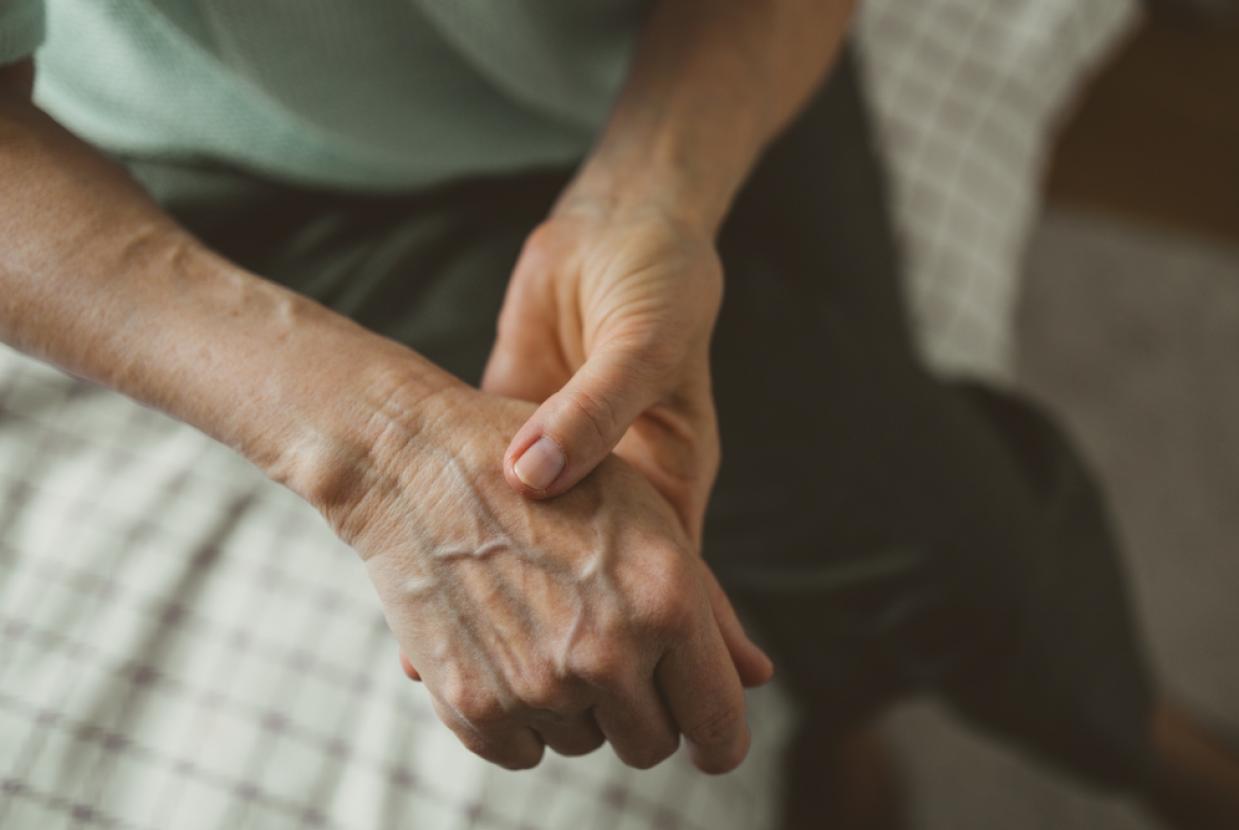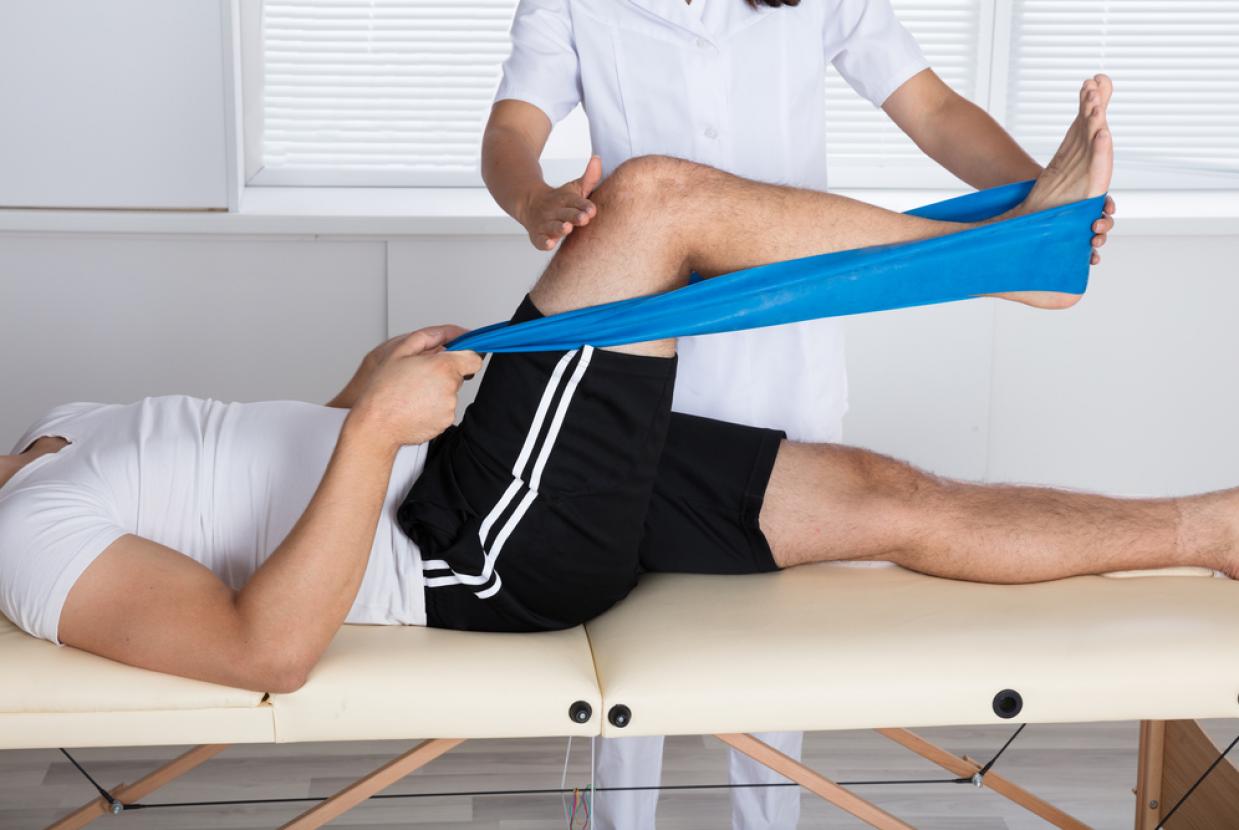Is Nordic Walking Good For Arthritis?
Arthritis/Back Pain/Joint Pain / Get FitDo you enjoy walking in the great outdoors? If so, Nordic walking might be the exercise for you. Nordic walking started in Finland but has grown across the world – and many people with arthritis find it a great way to stay active.
Tara, an occupational therapist living with osteoarthritis, is all for it. So much so she’s trained and is now a qualified Nordic walking instructor, GP exercise referral instructor, and offers this activity as part of Roots to Wellbeing (CIC) in Essex.
Here she explains what Nordic walking is and how staying active helps her manage her condition, alongside pain medicine, supplements, and complementary treatments.
What is Nordic walking?
Nordic walking uses specially designed poles to work your upper body, as well as your legs. This reduces the pressure on your joints and makes you feel lighter on your feet.
“By using the poles, you're using your upper body to support your lower body,” explains Tara. “It encourages the use of your core muscles, protecting your spine and also your internal organs. And, because it’s an all-body workout, you’re more likely to work out areas that you don’t usually exercise like your triceps (the muscles at the back of your upper arm).”
Unlike hiking, where you might use poles for stability, Nordic walking is a little different. It’s all about using poles to propel you forward and maintain the correct posture.
“When you’re doing that, you’re working up to 80% of your body’s muscles,” says Tara. "If you look at someone walking, you’ll notice that the arms tend to swing. Nordic walking poles are designed to keep that natural swing of your arm.”
What are the benefits of Nordic walking if you have arthritis?
There are lots of physical and mental benefits to Nordic walking. For example, Tara says:
- It works your whole body.
- It reduces the pressure on your joints and helps with joint protection.
- It may help with weight management. (The British Nordic Walking Group suggests it can help you “burn 20% more calories compared to walking without poles”.)
- It may support balance and falls prevention.
- Exercising in nature can boost your mental wellbeing.
- Groups can be a great way to socialise with others. Tara often uses the 'talk test’ with her walking groups, for instance. To do this, you simply see how well you can talk while exercising. This gives you an idea of how intense the activity is.
What equipment do you need for Nordic walking?
You don’t need a lot of equipment to get started. The main equipment is Nordic walking poles and gloves (sometimes called paws), which attach to the poles.
“The gloves are quite comfortable. With conditions like rheumatoid arthritis, your fingers can swell up. So, we make sure the equipment works for each individual,” says Tara.
Before spending money on any equipment, Tara says “it’s best to go to a Nordic walking class and learn what works best for you. Then you will learn the proper technique.”
Classes and instructors can be found through British Nordic Walking and Nordic Walking UK.
What is the Nordic walking technique?
Getting the technique right will help you get the most out of Nordic walking.
“With British Nordic walking, there's ten steps you need to think about. This includes things like your posture, walking correctly, and a range of steps that work on position, propulsion, timing, and technique over the teaching period. Then we can work with each person to maximise the poles benefit,” explains Tara.
If you don’t know where to start, don’t worry. If you join a group, they’ll be able to show you the proper technique, and help you avoid common problems.
Tara’s experience of Nordic walking
It can be difficult to keep moving when you live with arthritis and Tara knows this firsthand. She lives with osteoarthritis, Sjögren's syndrome, as well as dyspraxia (which can affect your movement and co-ordination). A few years ago, Tara’s friend suggested that she try Nordic walking – and it’s been a huge help.
“At the time, my knee was acutely painful. But I just loved the way I felt afterwards. It took me a little bit longer to learn, but when I got to about my fourth lesson, I started to get it and I’ve developed my technique over time.”
“Nordic Walking makes me feel more sturdy. When you're going up and down hills, it can be difficult if you have joint problems. But with Nordic walking you feel safe because you’ve got this support, and propulsion. It's lovely to be out in nature too.
“There are times when the pain hits. With regular walking I find myself lagging, but with Nordic walking it gives me a bit more power. You can really feel it working from your core and driving you forwards.
“I feel it’s changed my life. I’m 50 and if I didn’t do it, I'd probably have to had surgery by now.”
Fundraise with us
Feeling inspired to get moving? If you, or someone you know, want to make a real difference, why not take part in one of our incredible challenge events? With every step you take, you'll help us tackle the many challenges faced by the 10 million people living with arthritis in the UK.


































































